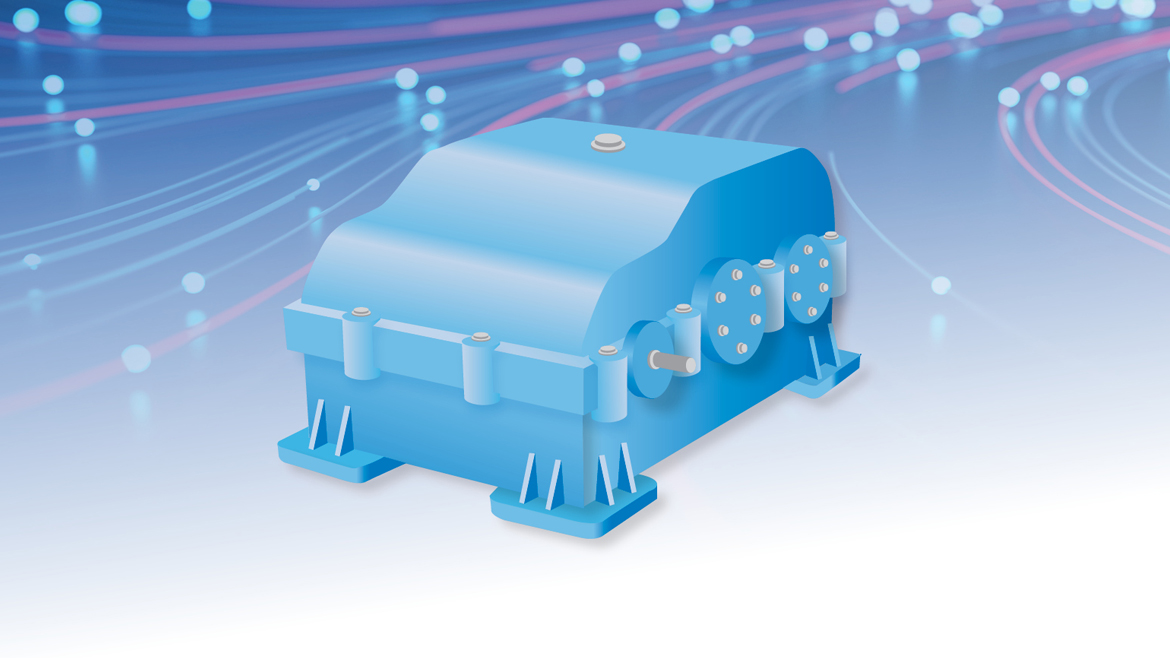Mobile:+86-311-808-126-83
Email:info@ydcastings.com
cast stainless steel
Understanding Cast Stainless Steel Properties and Applications
Cast stainless steel has become a vital material in various industries due to its excellent mechanical properties and resistance to corrosion. Unlike wrought stainless steel, which is shaped and constructed through deformation processes, cast stainless steel is produced by pouring molten metal into a mold. This process allows for intricate designs and complex shapes that can be challenging to achieve with traditional methods.
Properties of Cast Stainless Steel
One of the primary advantages of cast stainless steel is its exceptional corrosion resistance. The addition of chromium, typically in amounts exceeding 10.5%, forms a protective oxide layer that helps prevent rust and degradation. This quality makes cast stainless steel suitable for environments where moisture and chemicals are prevalent, such as in marine applications and chemical processing plants.
In addition to corrosion resistance, cast stainless steel offers high strength and durability. The casting process allows for a uniform material structure, which contributes to its mechanical properties. These include good tensile strength, high impact resistance, and the ability to withstand extreme temperatures, making it ideal for heavy-duty applications.
Another important feature of cast stainless steel is its aesthetic appeal
. With a smooth finish that can be polished or left as-cast, it is often used in architectural elements, kitchen equipment, and art installations. The versatility in design and finish options allows for creative applications while maintaining functional integrity.cast stainless steel

Applications of Cast Stainless Steel
The unique properties of cast stainless steel make it suitable for diverse applications across multiple industries. In the food and beverage sector, it is commonly used for manufacturing equipment like mixers, tanks, and valves due to its hygienic qualities and ease of cleaning. Its resistance to staining ensures that food products are not contaminated during processing.
In the aerospace and automotive industries, cast stainless steel components are utilized for their durability and strength, which contribute to the overall safety and performance of vehicles. For instance, exhaust systems and structural parts are often made from this material because they need to withstand harsh conditions while maintaining structural integrity.
Furthermore, cast stainless steel is widely employed in the oil and gas industry, where components are exposed to corrosive environments. Pumps, valves, and fittings made from cast stainless steel can endure the challenging conditions often found in these sectors, making them reliable choices for critical applications.
Conclusion
In summary, cast stainless steel is a versatile and practical material that offers numerous benefits, including corrosion resistance, high strength, and aesthetic versatility. Its ability to be molded into complex shapes allows for a wide range of applications across different industries, making it an essential component in modern manufacturing and engineering. As industries continue to evolve, the demand for cast stainless steel is likely to grow, driven by its unique properties and adaptability.
-
Understanding Metal Casting TechniquesNewsApr.02,2025
-
Understanding Exhaust Manifolds for Enhanced Engine PerformanceNewsApr.02,2025
-
The World of Metal FabricationNewsApr.02,2025
-
Key Components for Pump and Turbo EfficiencyNewsApr.02,2025
-
Essential Tools for Automotive Maintenance and RepairNewsApr.02,2025
-
Durable Valve Components for Effective Water ManagementNewsApr.02,2025











